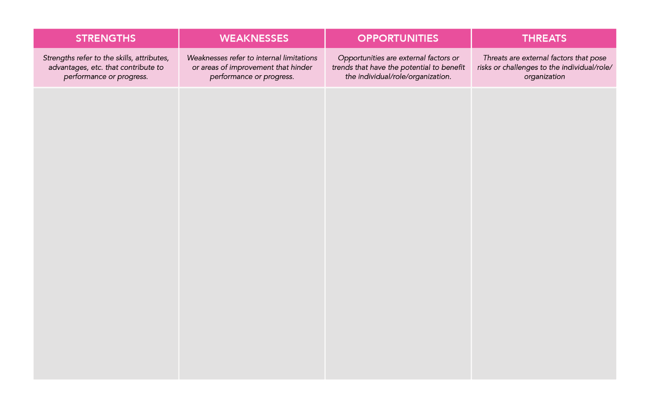7 min read
Strategies to Get Your Employee Training Budget Approved
It’s no secret investing in employee training can reap big rewards. From increased productivity and engagement to fewer errors and rework, the...

60% of new managers fail within their first 24 months. Let that sink in. More than half of new managers will be unsuccessful, and the consequences of this will be felt across the organization in almost every key metric.
Yet, in most cases, these managers may not be to blame for their failure. Unfortunately, many new managers were not prepared by their organization to step into a people management role. This was found in one study where 70% of frontline managers said they were not expecting a promotion to a people leadership role, and 58% of managers said they received no leadership training.
Simply put, most new managers are unprepared and unequipped with the skills needed to lead people. However, there are ways to overcome these challenges by having a plan and training available for new managers as it’s needed.
In this article, we will take you through a new manager training checklist of activities to complete to identify the exact training needs of your new managers and create a targeted learning plan to set them up for success.

The first step in the new supervisor training checklist is to get a baseline of their skills today. Each new manager will be entering their new role with various strengths and areas for improvement. You will want to evaluate technical skills (function-specific competencies), soft skills (communication, relationship building, etc.), and transferable skills (time management, decision-making, etc.).
To help you do so, conducting a SWOT analysis for each new manager is an easy way to get a pulse on their individual strengths, weaknesses, opportunities, and threats. For each section, you’ll want to answer the following questions.

After conducting a SWOT analysis for each new manager, you will have a baseline for conducting a gap analysis. For each new manager, you’ll want to explore where they are today, where you want to see them in the future, and the skills that need to be developed to close the gap between where they are now and where they need to be as a manager.
To conduct a gap analysis, you’ll need to answer the following questions for each new manager.
FUTURE STATE
IDENTIFY GAPS
While each first-time supervisor will have unique professional development needs, there will also be some commonalities in the competency gaps for new managers. Here are some of the competencies that most new managers need to develop.
With the insights from the first two items in the new manager training checklist, you’ll be ready to start researching the different leadership training options available to meet the development needs of your new managers. A crucial element to consider is how well the program will teach leadership to new managers, ensuring they develop the essential skills needed for their roles. You’ll want to do your due diligence on each provider to ensure the training content and quality meets your standards. Here are a few questions to help you get started.
The last step in the new manager training checklist is to compile your findings in a single document. Doing so will help you track the training your new managers need and give you a single summary sheet to present to stakeholders to gain their buy-in and secure the budget necessary to provide leadership training for managers.
.png?width=250&height=208&name=Free%20Training%20Needs%20Assessment%20Success%20Kit%20(1).png) Now that you understand the sections of the new manager training checklist, it’s time to follow them to create your own training plan for your new managers. We’ve made it easy with the Training Needs Assessment Success Kit. Within it, you’ll find a template for each of the four steps in the manager training checklist, where you can record your findings for each one of your managers.
Now that you understand the sections of the new manager training checklist, it’s time to follow them to create your own training plan for your new managers. We’ve made it easy with the Training Needs Assessment Success Kit. Within it, you’ll find a template for each of the four steps in the manager training checklist, where you can record your findings for each one of your managers.
.png)
7 min read
It’s no secret investing in employee training can reap big rewards. From increased productivity and engagement to fewer errors and rework, the...
.png)
5 min read
Are you new to management, looking to upgrade your leadership skills, or sourcing leadership training for your employees? If the answer is yes,...
.png)
6 min read
There is a great debate: Are leaders made or born? While some people have natural leadership qualities, all new managers can benefit from leadership...